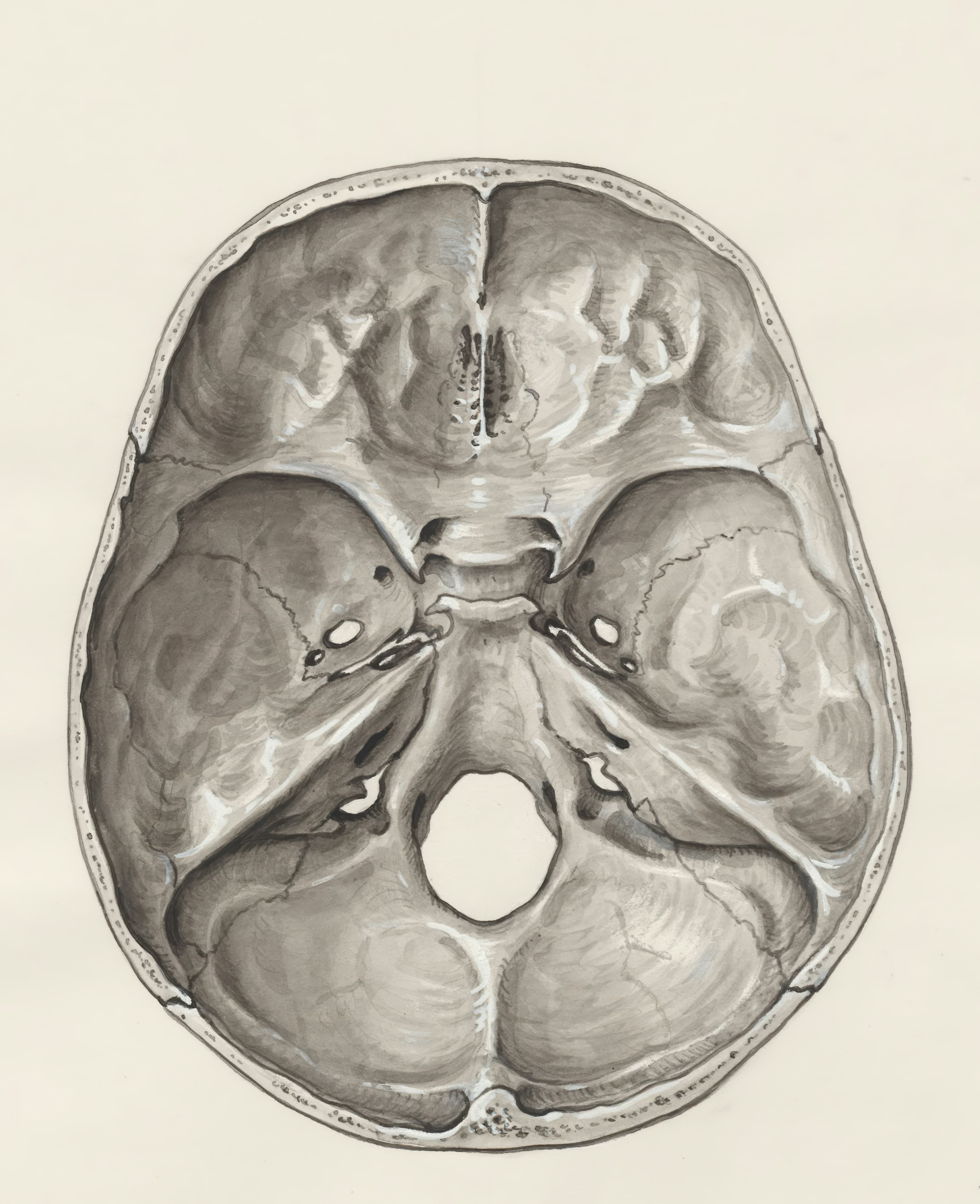Social anxiety disorder, also known as social phobia, is a mental health condition characterized by an intense fear of being judged, criticized, or embarrassed in social situations. People with social anxiety may experience overwhelming anxiety and distress in various social contexts, making it challenging for them to engage in everyday activities or form meaningful relationships.
What is Social Anxiety Disorder?
Defining Social Anxiety: Beyond Everyday Shyness
While shyness and social anxiety share some common traits, it is essential to distinguish between the two. Social anxiety goes beyond normal shyness, encompassing extreme fear and self-consciousness in social situations, often leading to avoidance of such situations altogether. Understanding this distinction is crucial for recognizing and addressing social anxiety disorder effectively.
Recognizing Social Anxiety Symptoms
Social anxiety disorder manifests through a range of physical, emotional, and behavioral symptoms. Recognizing these symptoms is vital in identifying and seeking appropriate support for social anxiety disorder.
Physical Manifestations: Blushing, Trembling, and More
Physical symptoms of social anxiety disorder may include blushing, sweating, trembling, rapid heartbeat, dry mouth, and difficulty speaking. These physical manifestations can be distressing and contribute to feelings of embarrassment and self-consciousness.
Emotional and Cognitive Indicators: Fears, Avoidance, and Negative Thought Patterns
Individuals with social anxiety disorder often experience overwhelming fears of judgment, criticism, or embarrassment. They may frequently engage in avoidance behaviors to mitigate these fears, such as avoiding social events or public speaking. Negative thought patterns, such as excessive self-criticism and assuming the worst-case scenarios, are common in social anxiety.
Key Characteristics of Social Anxiety Disorder
Social anxiety disorder is characterized by persistent and excessive anxiety in social situations, which often leads to significant distress and impairment in various aspects of life. It is crucial to understand these key characteristics to differentiate social anxiety disorder from typical shyness or occasional anxiety.
Strategies to Overcome Social Anxiety
While social anxiety disorder can be challenging to manage, there are practical strategies that individuals can employ to overcome its effects and develop confidence in social interactions. Here are some effective approaches:
Practical Tips for Facing Social Situations
Gradual exposure to social situations, starting with less anxiety-provoking ones, can help individuals build resilience and develop coping mechanisms. Setting realistic goals, practicing relaxation techniques, and seeking support from trusted individuals can also aid in managing social anxiety.
Building Self-Confidence and Developing Social Skills
Working on building self-confidence and improving social skills plays a crucial role in managing social anxiety disorder. Strategies such as positive self-talk, engaging in social activities with supportive peers, and seeking professional guidance can assist in developing the necessary skills to navigate social situations with greater ease.
Comprehensive Treatments for Social Anxiety Disorder
For individuals with severe social anxiety disorder, comprehensive treatments provided by mental health professionals may be necessary. Here are two common approaches:
Therapeutic Approaches: Cognitive Behavioral Therapy and Exposure Therapy
Cognitive Behavioral Therapy (CBT) aims to identify and modify negative thought patterns and beliefs associated with social anxiety disorder. Exposure therapy gradually exposes individuals to feared social situations and helps them develop new, more adaptive responses.
Medications and Natural Remedies
In severe cases, medication prescribed by a healthcare professional may be recommended to manage symptoms of social anxiety disorder. Natural remedies such as relaxation techniques, regular exercise, and adopting a healthy lifestyle may also complement other treatment approaches.
Signs and symptoms of social anxiety disorder
Social anxiety disorder is characterized by an intense fear of social situations and interactions, leading to significant distress and impairment in daily life. The signs and symptoms of social anxiety disorder can manifest both physically and emotionally. Physically, individuals may experience excessive sweating, blushing, trembling, nausea, and a rapid heart rate when faced with social situations. They may also feel tense, jittery, and on edge in social environments. Emotionally, those with social anxiety disorder may have overwhelming worry and fear of judgment or embarrassment in social interactions. They may also have negative thoughts about themselves, such as feeling inadequate, inferior, or unlikable. Avoidance of social situations and a tendency to isolate oneself are also common behaviors in individuals with social anxiety disorder. Recognizing these signs and symptoms is crucial for seeking appropriate support and treatment for this debilitating condition.





